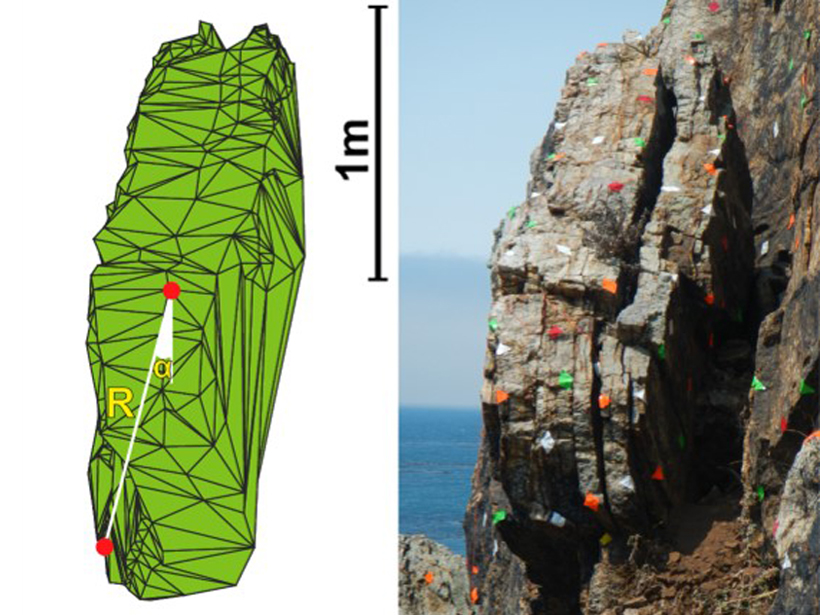Source: AGU Advances
Earthquake hazard calculations are uncertain because we cannot go back in time to verify the past occurrence of large, but infrequent seismic events. A range of expected shaking is therefore produced from the locations and inferred earthquake rates of nearby faults. To narrow that range, Rood et al. [2020] homed in on precariously balanced rocks located along California’s central coast. They use innovative age dating methods to determine that some of these rocks have been in place for at least 20,000 years, and they have modeled the forces necessary to topple them. With that information, it is possible to exclude the possibility of some of the more frequent and greatest shaking outcomes from the suite of possibilities. The authors find that their analysis reduces the uncertainty in regional seismic hazard calculations by 49%.
Citation: Rood, A., Rood, D., Stirling, M., Madugo, C., Abrahamson, N., Wiicken, K., Gonzalez, T., Kottke, A., Whittaker, A., Page, & W., Stafford, P. [2020]. Earthquake hazard uncertainties improved using precariously balanced rocks. AGU Advances, 1, e2020AV000182. https://doi.org/10.1029/2020AV000182
—Tom Parsons, Editor, AGU Advances
Text © 2020. The authors. CC BY-NC-ND 3.0
Except where otherwise noted, images are subject to copyright. Any reuse without express permission from the copyright owner is prohibited.

